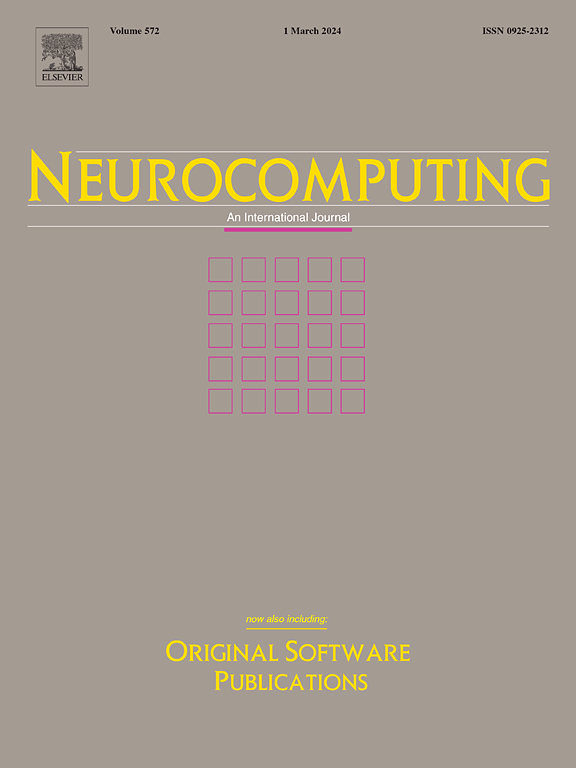Zero-reference generative exposure correction and adaptive fusion for low-light image enhancement
IF 5.5
2区 计算机科学
Q1 COMPUTER SCIENCE, ARTIFICIAL INTELLIGENCE
引用次数: 0
Abstract
Existing low-light image enhancement methods have the problem of difficulty in enhancing dark areas while controlling overexposed areas in natural images. To address this issue, a Generative Exposure Correction method based on Retinex theory is proposed in this paper, in which the Pseudo-Exposure Residual map and illumination map are deeply coupled based on the proposed intensity compensation prior to constrain the generative network’s output in order to simultaneously deal with overexposure and underexposure. Furthermore, to enhance the effect and prevent over-correction, an exposure fusion technique is proposed, which adaptively selects the best exposure area from the two corrected images and achieves a globally balanced exposure by using an intensity correction compensation operator. More importantly, our proposed method does not require the collection of additional external datasets, which also overcomes the difficulty of data acquisition. Experimental comparisons of our method with the other seven state-of-the-art methods on five public datasets demonstrate that our method achieves the best performance in terms of detail enhancement and natural color preservation.
求助全文
约1分钟内获得全文
求助全文
来源期刊

Neurocomputing
工程技术-计算机:人工智能
CiteScore
13.10
自引率
10.00%
发文量
1382
审稿时长
70 days
期刊介绍:
Neurocomputing publishes articles describing recent fundamental contributions in the field of neurocomputing. Neurocomputing theory, practice and applications are the essential topics being covered.
 求助内容:
求助内容: 应助结果提醒方式:
应助结果提醒方式:


